Lenovo ThinkStation P300 Workstation Review: Haswell plus Quadro
by Ian Cutress on November 4, 2014 10:00 AM EST- Posted in
- Systems
- Intel
- Lenovo
- Seagate
- Quadro
- Workstation
- Haswell
- desktops
- Enterprise
- NVIDIA
Lenovo ThinkStation P300 BIOS
When dealing with a prosumer build from a component reseller, the system often uses a commercial motherboard with the BIOS well documented in reviews of that motherboard. Because HP, Dell and Lenovo custom build their systems, including the base motherboard, it means that the BIOS and bundled software is also built in-house. When it comes to a non-overclockable prosumer system, the only need to enter the BIOS is usually during an initial setup to configure the system in terms of features enabled or boot order adjustment. As a result, while Lenovo has personalized the UEFI to some extent, it remains a text based interface with no images.
The screen on entry is under the Main tab and offers the system type, serial number, license status and other identifiers. Normally at this point I suggest having information such as the CPU installed, the DRAM installed and the BIOS version, just for a complete picture of the system before I begin, but that could also be extended to what storage/optical drives are also present.
Most of this information is in the System Summary option off of the Main tab, giving CPU name, frequency, core count, total memory installed, video source, enabled fans and detected drives. If I were to suggest an update, for the fans I would show the phrase ‘Operating at x RPM’, with the RPM detected when the screen is entered.
The Devices tab gives extra menus regarding the COM/USB/video/audio/networking options. The only option for most is to enable or disable:
The Advanced tab offers more in terms of CPU setup and Smart Connect Technology:
The CPU Setup menu deals with the usual array of enabling/disabling cores or HyperThreading along with C-states and virtualization features. By default, VT-d was disabled in our system. Intel RST was also disabled.
The Power tab at the top opens up a menu for power saving modes and an ‘Intelligent Cooling Engine’.
In the ICE menu the fans can be configured in either Acoustic mode, Thermal mode or Full Speed mode. Throughout our testing we left it on Acoustic mode and even with the side panel off under heavy load, it was still relatively quiet.
The Security tab offers different security options, such as Hard Disk passwords, Fingerprint sensor functionality (if one is equipped), TCG, system log monitoring and secure boot options.
The Startup tab overs a variety of boot sequence options including fast boot/CSM modes. The Primary Boot Sequence option here is for when the system is booted by the power button, while the Automatic Boot Sequence is for when another feature wakes the system (keyboard, network).
The final screen is for Save and Exit options. Unfortunately we do not have a Boot Override function, should any prosumer want to LiveBoot into a different OS.
Lenovo ThinkStation P300 Software
Because Lenovo is more than just a system integrator, the software supplied is aimed at providing a Lenovo based experience. Because the motherboard is not of a consumer design like a boutique build, there is no software from that front. This means that companies like HP, Dell and Lenovo design their own to more accurately match their philosophy regarding user interactions. Normally software like this is filed under ‘bloat’, but it would seem that Lenovo is making a good effort especially in the automatic update and repair/recovery parts of the spectrum.
To that effect we must start by pointing out the storage situation with the P300:
Our 1 terabyte SSHD is split into two drives with one of these being a recovery partition. This partition should help restore the OS to a default state through Lenovo’s software should something happen to the main partition. On our system, approximately 100GB of the main partition was already filled with software, giving ~800 GB free for the user.
One prominent feature of the Lenovo software package is Norton Antivirus. Not the full program, but we get bloatware in the form of a 30 day ‘premium’ trial that won’t shut up about itself:
The only way to get rid of it is to uninstall it, or agreeing to the 30 day protection.
The Lenovo software side of the equation comes in several parts, the first of which is a program called ‘SHAREit’. Similar to the way ASUS uses WiFi-Go to help users transfer files between Windows and Android, ShareIt is similar.
The only issue here with ShareIt is that our system does not come with a WiFi module installed. The specification sheet that Lenovo supplied with our system said it did, but actually looking at the system by opening the side panel showed no add-on device.
If there is a WiFi module, the system can search out for devices with the software required to receive the files.
The main part of the software package comes under this menu, offering links to other applications that deal with updates, diagnostics and some Windows based operations.
When it comes to reviewing systems and motherboards, update software is almost vital. It allows the user to keep up to date with drivers, security updates and other new features that the manufacturer has included. In the motherboard industry, very few of these packages work well (MSI gets the most credit there), so it was interesting to see how Lenovo would perform.
Firstly, the aesthetic of the software is very reasonable, giving clear instructions and menu options.
The update menu gives the list of potential downloads, with menus for critical updates and recommended updates similar to what Microsoft offers. While it does not show the size of each download, it keeps a running total of those selected down the bottom.
Users can scroll through the updates selected, where here it shows the actual size and version to be downloaded and installed.
The update procedure itself shows a per-update progress bar and an overall progress bar.
There is also an option to select a monthly download cycle.
Aside from the update software is the Lenovo Solution Center which focuses on the system from Lenovo’s perspective. Here it states how long the warranty on the system is, the serial number, the BIOS version and what product is being used. Similar to Windows, it offers alerts on things like anti-virus and software updates.
The system tab offers several icons related to the hardware in use as well as the software stack in the OS.
For example, the Storage icon opens up this menu and offers disk cleanup and drive optimization. Lenovo also adds in the ‘get more storage’ option should you wish to upgrade.
Similarly with the DRAM, we can see what is installed and the software offers links to purchase more.
We also have the backup interface that offers two alternatives – Lenovo’s Rescue and Recovery or Windows Backup Tool.
Users can save the system report if there is an issue and Lenovo needs to inspect what is installed in the system.
The Rescue and Recovery software offers two modes – simple and advanced. Here is the Simple menu offering two options for backup and restore. The advanced menu allows the user to manage multiple backups, or backups of certain portions of the drive, along with creating rescue media.



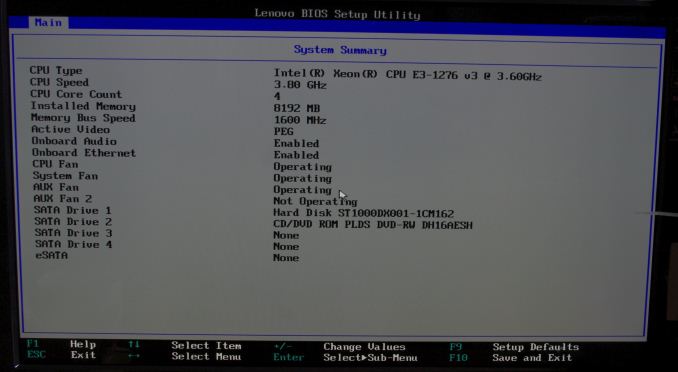

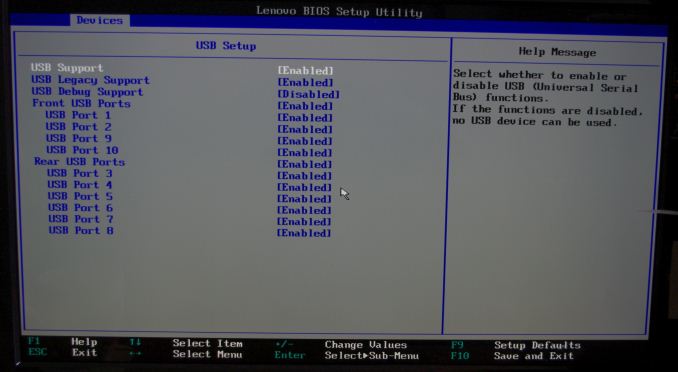

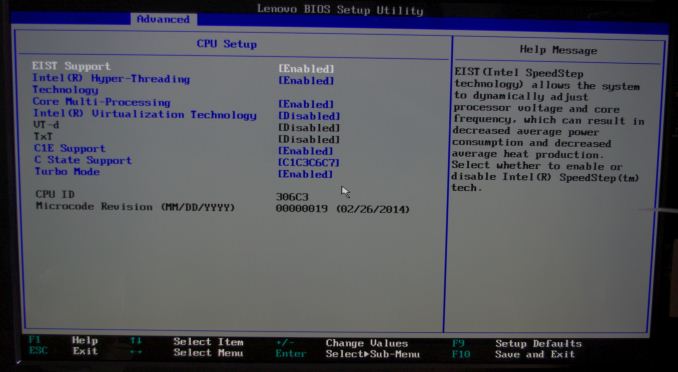

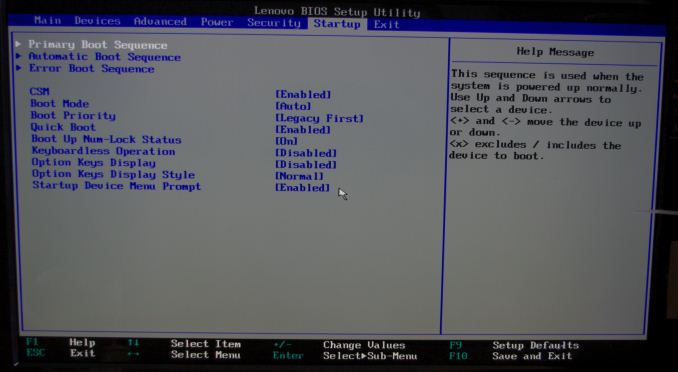
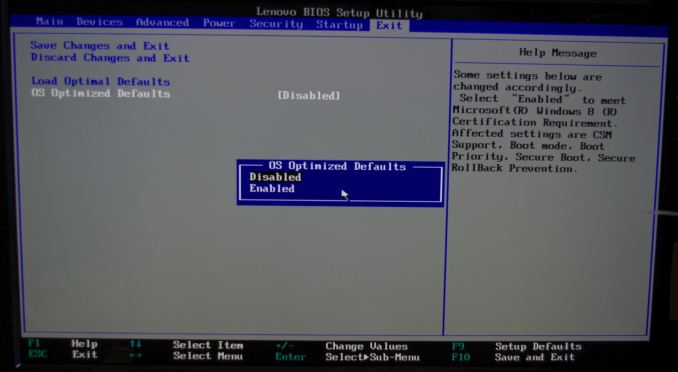






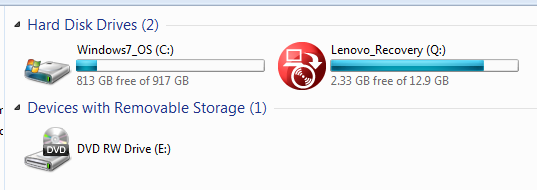




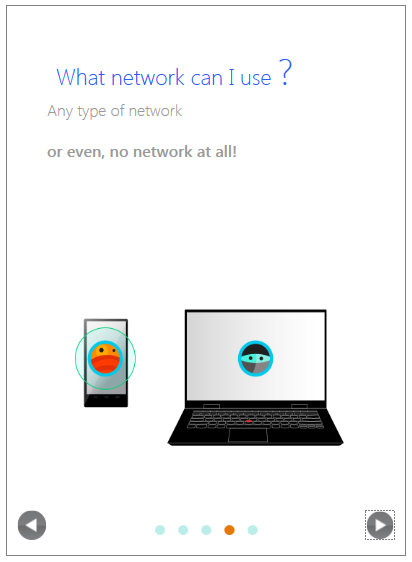
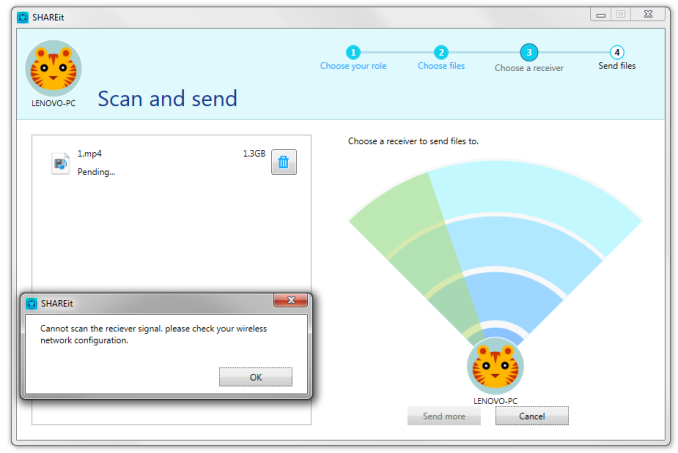
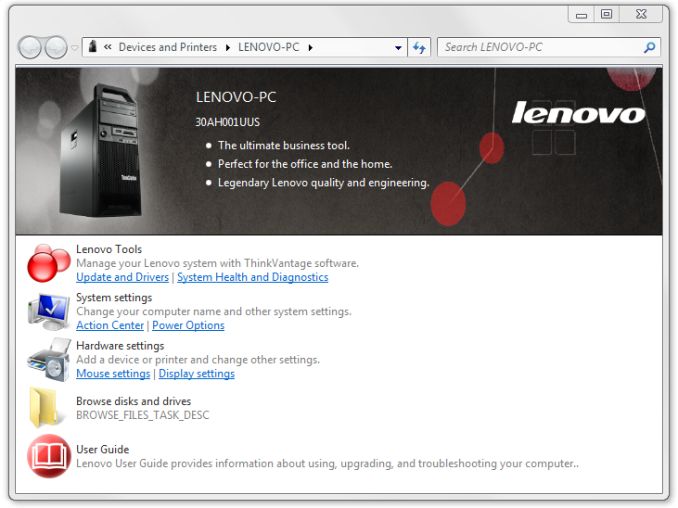

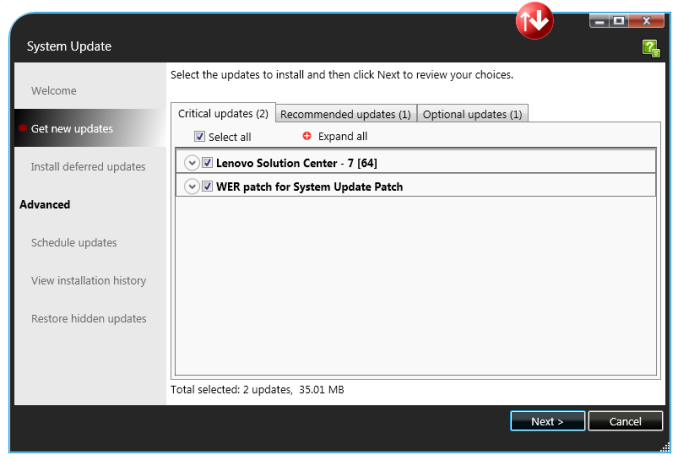
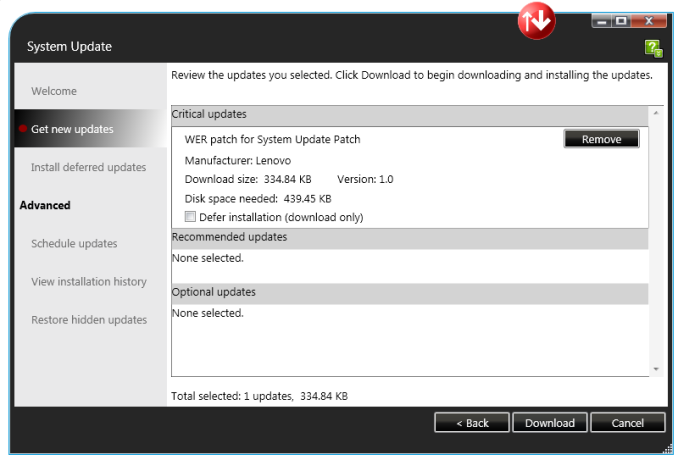
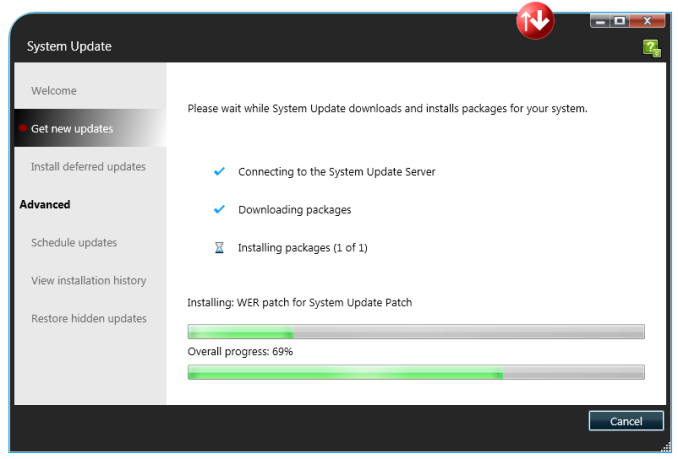
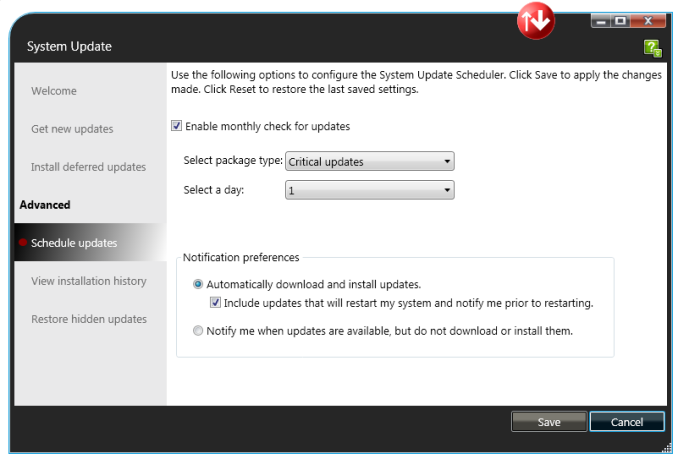
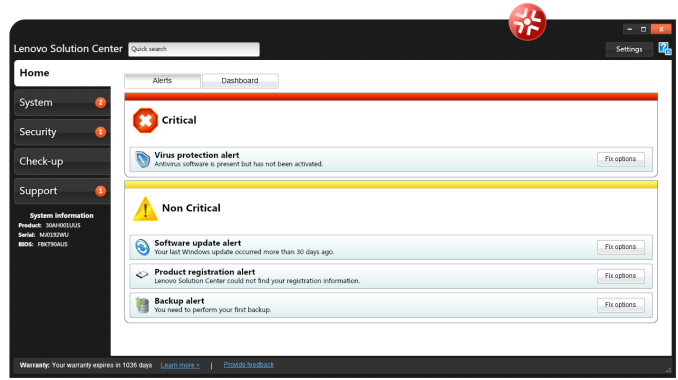
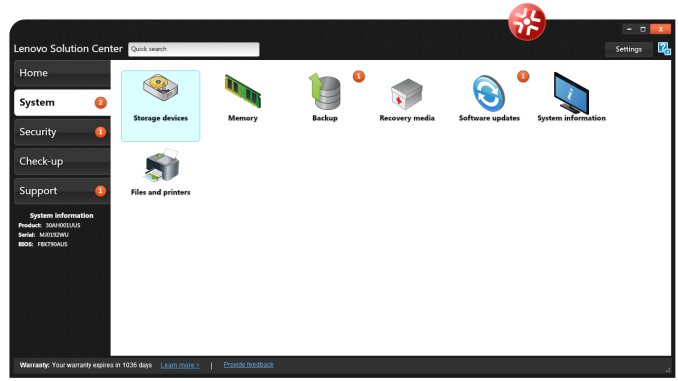
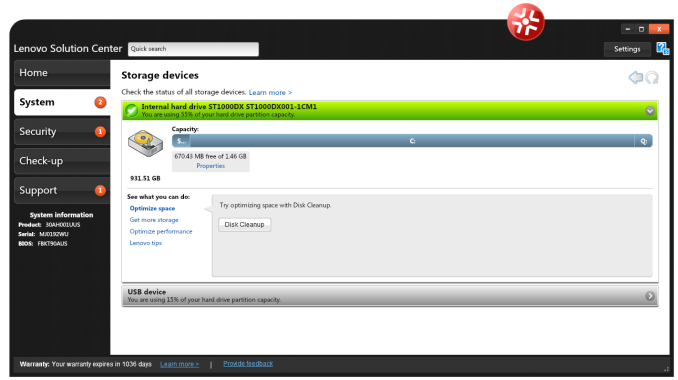
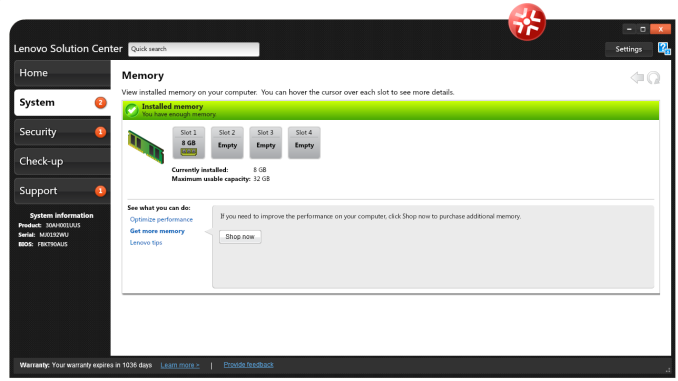
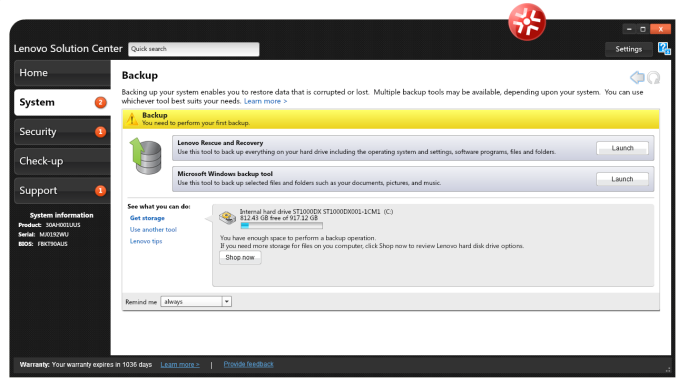
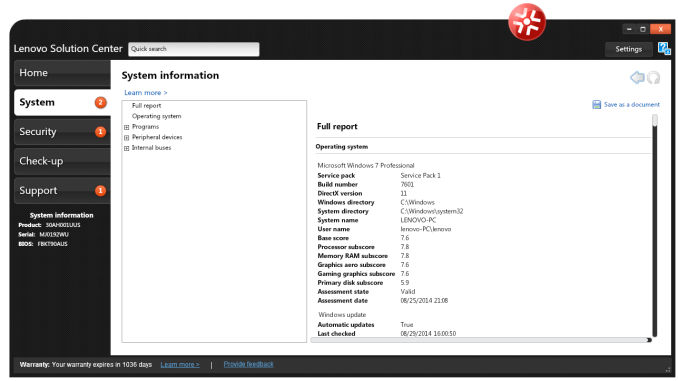
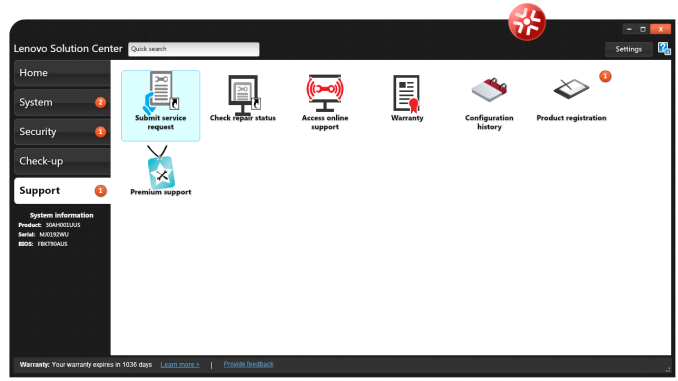
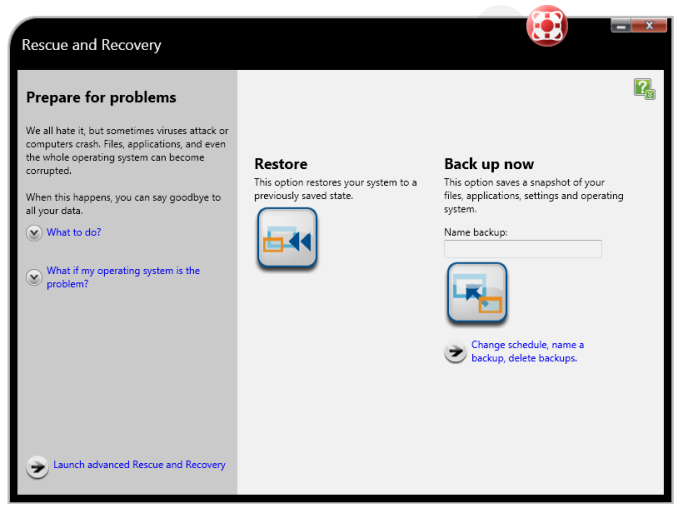
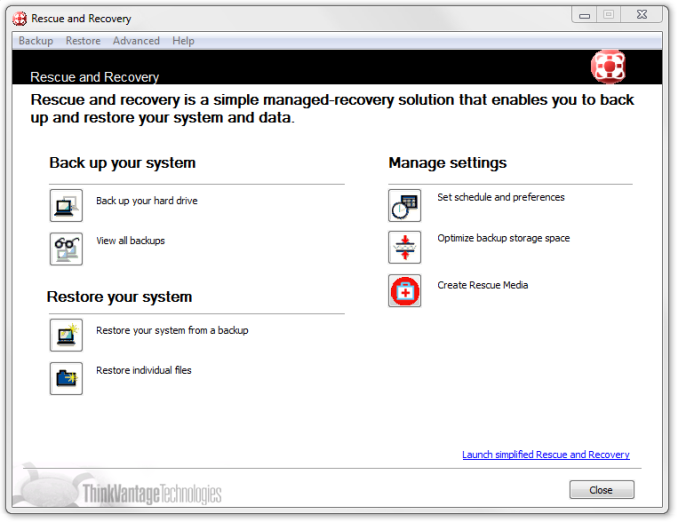














55 Comments
View All Comments
edzieba - Tuesday, November 4, 2014 - link
I recognise that Al heatsink! Lenovo plonk them on the secondary CPU in the C20 and C30 too.I really wish Lenovo would invest in backplanes for their drives, but at least the sideways mount with connectors facing you is better than the horrific mess at the bottom of the C20/30.
TETRONG - Wednesday, November 5, 2014 - link
Completely pointless system especially if it's non ECC memory.The truth is that you could build a system that would crush this with an overclocked i5 and a 970 for half the price + it would be upgradeable and running DDR4.
There's nothing magical about Xeons and Quadros..total bullshit unless you absolutely need DP.
Anandtech should build the aforementioned system to embarrass all these clowns.
They could even hackintosh it to piss on the Mac Pro.
TETRONG - Wednesday, November 5, 2014 - link
Sorry, DDR3 with i5 or DDR4 with a 5820Knwai2208 - Wednesday, November 5, 2014 - link
A Xeon E3 system with non-ECC memory means it is just a i7 machine with a Xeon label on it.NanoTube1 - Wednesday, November 5, 2014 - link
To sum it up: a poor, ugly, cheap build...Dr.Neale - Wednesday, November 5, 2014 - link
I would use 2 or 4 sticks of Samsung 8GB DDR3L-1600 1.35V ECC UDIMM, model M391B1G73BH0-YK0, which go for $90 at oemPCworld.But then again, I would also roll my own using an ASUS P9D WS motherboard (Intel C226 chipset, ATX, supports ECC, unlike ASUS Z97 WS) and an AMD FirePro W7100 (K4200 level: 256-bit 4GB) or W8100 (K5200 level: 512-bit 8GB) GPU. Although the recently-released W7100 isn't listed on NewEgg just yet, right now you could get the W8100 instead, at roughly the same cost, by taking advantage of AMD's current half-price FirePro promo (which ends Jan. 15, 2015).
Also, I'd use a SeaSonic SS-520FL2 fanless 520W 80+Platinum PSU, and put AeroCool DS Dead Silence Case Fans (available at FrozenCPU) in a Fractal Designs Arc Midi R2 mid-tower ATX case (which has a tinted window).
I'd stick with the Intel Xeon e3-1276 v3 CPU, but cool it with a ThermalRight Archon IB-E X2 single-tower cooler (also available at FrozenCPU). Using the double-tower ThermalRight Silver Arrow IB-E instead would run maybe 2° C cooler, but 2 dBA louder, according to reviews I've read, but using the Archon IB-E X2 guarantees zero clearance issues on the motherboard.
For an SSD, the pro-sumer Samsung 850 Pro (used in a UPS-backed system) or the enterprise Samsung 845DC Pro are both viable options. Both use next-generation MLC V-NAND, with all its advantages.
But all this is only IF you happen to need an entry-to-mid-level Work Station RIGHT NOW. Broadwell 14nm Xeon e3-1200 v4 series Socket 1150 CPUs are about 6 months away (everything else could stay the same), and Skylake 14nm Xeon e3-1200 v5 series Socket 1151 CPUs are about 12 months away (but they would need a next-generation motherboard with an Intel C236 Greenlow chipset, which requires DDR4 2133 1.20V ECC RDIMM memory). However, this setup could use PCIe NVMe SSDs, and could (probably, assuming LGA isn't supplanted by BGA) be later upgraded with a Cannonlake 10nm Xeon e3-1200 v6 series CPU.
Also, by waiting, you could buy Windows 10 instead of Windows 7 for your OS.
Anyways, just my thoughts on a decent bang-for-the-buck, near-silent Work Station build.
P.S. A WASD Code backlit mechanical keyboard might be a nice cherry-on-top touch.
akula2 - Wednesday, November 5, 2014 - link
I build my own hi-end (X79/Z97) and ultra (Xeon) workstations because of hardware choice, saving on prices and cutting off vendor costs. Each custom-build workstation costs a lot, hence a lot of saving considering the number of builds.Dr.Neale - Wednesday, November 5, 2014 - link
The Intel Z97 chip set does NOT support ECC memory. Only Haswell motherboards with an Intel C220 series chipset support ECC memory, and then only with a Xeon CPU.For example, ASUS P9D WS (C226) motherboard supports ECC memory (with a Xeon CPU); whereas, ASUS Z97 WS (Z97) does NOT (even with a Xeon CPU). I'm not sure whether or not it will accept ECC UDIMMS, but I am sure the ECC function is disabled, using Z97 chipset.
otherwise - Tuesday, November 11, 2014 - link
When I saw that the ASUS Z97 WS supported ECC I also found that incredibly odd, and wrote an e-mail to their support address. They got back to me a couple days later and assured me it did support ECC with a Xeon. I still don't really trust them, and if I was to go that route I would just get a C226, but I'd love to see someone test their claim.Scalarscience - Wednesday, November 5, 2014 - link
Of course it's possible to beat prebuilt computers in terms of component choice, price or both. But why waste your breath? Do you think people out there are going to read this article, then read the comments and go "OH WOW I HAD NO IDEA??!!". Rather, this is like an echo chamber...the IT & purchasing people this article is aimed at will probably never even read the comments as they're parsing multiple reviews to make a purchasing (NOT building) decision.Ie, systems like this are built for entry level systems for office situations where there's either no IT or it's not worth the time to roll a custom solution. And it's been that way since...oh about 1988...
I see the same thing in Apple Mac reviews, and it just boggles the mind. Fwiw I've run custom built XEON hardware since the PPro era (and before that I had a serverworks dual P133, which was very oddball). I used to use SGI & HP workstations at 'work' and Xeons at home, then I used Xeons at work running NT, then Linux, and now Linux & OSX on Macs...so yea obviously this review system wouldn't be my first choice for Autodesk Smoke, After Effects or Maya. But on a time crunch if I needed an intern or two to pick up some slack a short lease might just help finish a project....